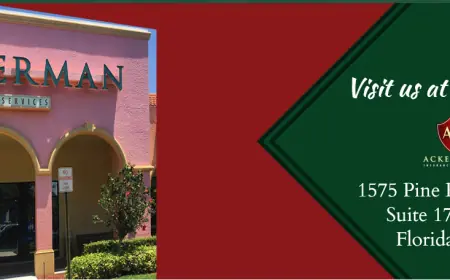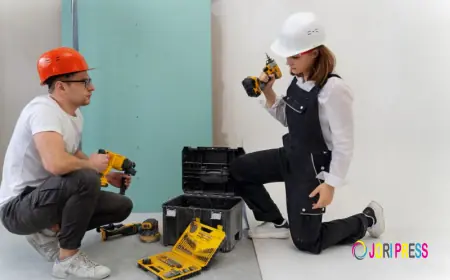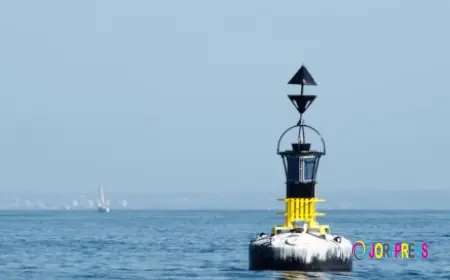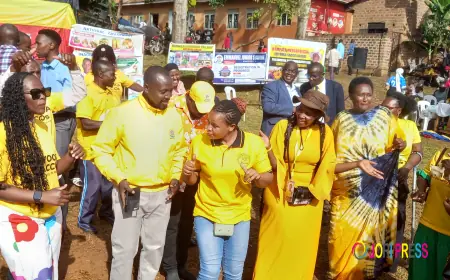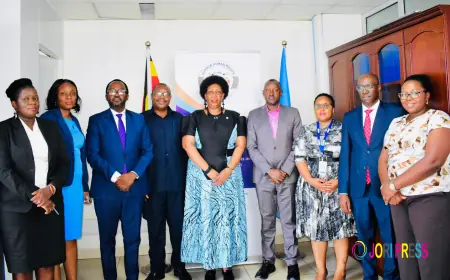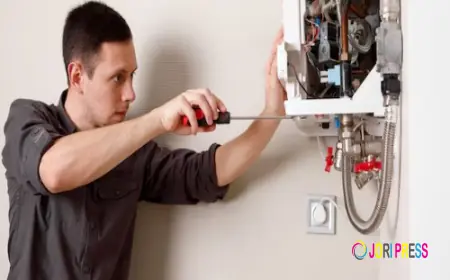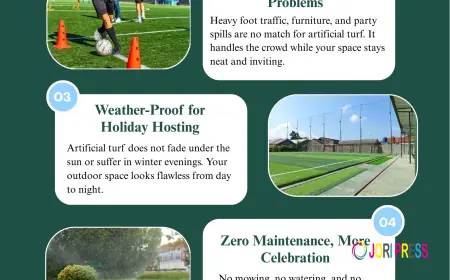Mobile Cabins in Saudi Arabia: A Comprehensive Overview
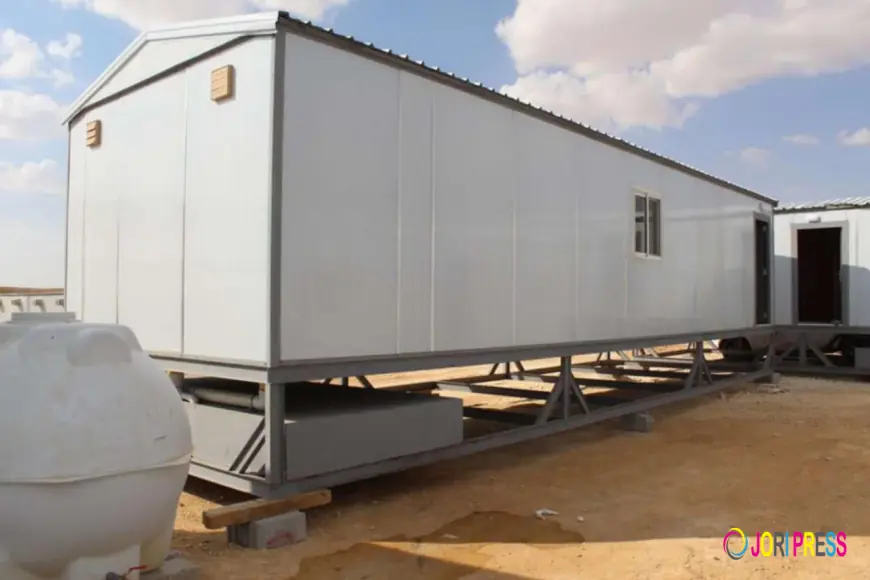
Introduction
Saudi Arabia, with its vast desert landscapes, rapidly expanding urban centers, and ambitious national development strategies, has witnessed tremendous growth in infrastructure, housing, and commercial facilities. Among the solutions that have gained significant traction in recent years are mobile cabins—flexible, transportable, and cost-effective structures that serve a wide range of purposes.
Mobile cabins, sometimes referred to as prefabricated cabins, modular cabins, or portable cabins, have become integral to the Kingdom’s construction industry, oil and gas sector, tourism initiatives, and even residential needs. Their ability to be designed, assembled, and relocated with ease makes them a practical response to Saudi Arabia’s unique geographical challenges and fast-paced development environment.
This article explores mobile cabins in Saudi Arabia in detail, covering their history, applications, benefits, design innovations, role in Vision 2030, and future prospects.
The Concept of Mobile Cabins
Mobile cabins are prefabricated structures manufactured off-site and transported to the desired location for immediate use. Unlike traditional buildings, which require on-site construction and longer timelines, mobile cabins are ready-to-use units. They are built with steel frames, insulated wall panels, electrical systems, and plumbing, making them as functional as conventional buildings but significantly more versatile.
In Saudi Arabia, the demand for such structures has grown rapidly due to the Kingdom’s vast land, remote project locations, and the need for temporary or semi-permanent facilities.
Historical Context in Saudi Arabia
The concept of mobile and modular buildings started gaining attention in Saudi Arabia during the mid-20th century, primarily linked to the oil boom. Companies working in remote deserts and offshore areas required quick housing solutions for workers. Prefabricated cabins provided a cost-effective answer.
Over time, as urbanization expanded and new cities emerged, mobile cabins began to be used in:
-
Construction sites as offices and worker accommodations
-
Schools and healthcare as temporary classrooms and clinics
-
Military and defense for command units and barracks
-
Tourism in desert resorts, camping sites, and eco-lodges
Today, they are seen not merely as temporary units but as fully functional spaces that can rival permanent construction in comfort and design.
Applications of Mobile Cabins in Saudi Arabia
1. Construction Industry
The Saudi construction sector is one of the largest in the Middle East, driven by massive projects such as NEOM, the Red Sea Project, and Qiddiya. Mobile cabins are used extensively in construction as:
-
Site offices for engineers and project managers
-
Worker housing with dormitory-style cabins
-
Storage cabins for tools and materials
-
Sanitation facilities including mobile toilets and showers
2. Oil and Gas Sector
Saudi Arabia’s vast oil fields are often located in remote desert regions. Mobile cabins provide essential facilities such as:
-
Operation control rooms
-
Staff accommodations
-
Medical units
-
Mess halls and kitchens
3. Education and Healthcare
In fast-growing urban areas where infrastructure is still catching up with population growth, mobile cabins are used as temporary schools and clinics. During emergencies, they can be deployed rapidly as vaccination centers, testing sites, or temporary classrooms.
4. Tourism and Hospitality
With the rise of desert tourism, adventure camps, and eco-resorts, mobile cabins have found a niche in hospitality. They serve as:
-
Luxury cabins for desert resorts
-
Portable guest houses for cultural festivals
-
Recreational cabins for camping and outdoor activities
5. Residential Solutions
Some families use mobile cabins as annexes to their main houses, such as a guest room, private office, or recreation space. Others rely on them as affordable housing in rural or transitional areas.
Advantages of Mobile Cabins
Speed of Deployment
Unlike traditional construction, which can take months or years, mobile cabins can be manufactured and installed within weeks. This speed is crucial for Saudi Arabia’s mega-projects.
Cost Efficiency
Mobile cabins are generally more affordable than permanent buildings, reducing both labor and material costs.
Portability
They can be relocated multiple times, making them ideal for temporary projects or seasonal use.
Sustainability
Many cabins are designed with energy-efficient materials, insulation, and solar power systems. This aligns with Saudi Arabia’s sustainability goals under Vision 2030.
Flexibility in Design
From simple dormitory units to luxurious cabins with air conditioning, kitchens, and modern bathrooms, mobile cabins can be tailored to meet diverse needs.
Design and Technological Innovations
Structural Materials
Modern mobile cabins in Saudi Arabia are built using:
-
Galvanized steel frames for durability
-
Insulated sandwich panels for thermal efficiency
-
Aluminum or composite cladding for aesthetics
Comfort Features
To adapt to Saudi Arabia’s climate, cabins often include:
-
High-performance insulation to reduce heat
-
Energy-efficient air conditioning systems
-
Double-glazed windows for cooling efficiency
Smart Cabins
With the Kingdom embracing digital transformation, mobile cabins now come equipped with:
-
Smart lighting and energy management systems
-
Internet connectivity
-
Security cameras and access control systems
Mobile Cabins and Vision 2030
Saudi Arabia’s Vision 2030 aims to diversify the economy, reduce reliance on oil, and create sustainable cities. Mobile cabins play a supportive role in several pillars of this vision:
-
Urban Development – Rapid housing solutions for new smart cities like NEOM.
-
Tourism Expansion – Portable luxury cabins for eco-tourism and cultural festivals.
-
Sustainability – Energy-efficient cabins that minimize environmental impact.
-
Economic Diversification – Local manufacturing of cabins supports small and medium enterprises (SMEs).
Case Studies
NEOM City
The futuristic mega-city requires large workforces in remote areas. Mobile cabins serve as housing, offices, and even recreational centers for thousands of employees.
Red Sea Project
Eco-friendly tourism developments have embraced luxury prefabricated cabins, designed to blend into the natural landscape while offering five-star amenities.
Remote Healthcare
During the COVID-19 pandemic, mobile cabins were repurposed as testing centers and vaccination units, highlighting their adaptability.
Challenges Facing Mobile Cabins in Saudi Arabia
Harsh Climate
Saudi Arabia’s extreme heat and occasional sandstorms pose durability challenges. Manufacturers must design cabins with robust insulation and weather resistance.
Perception Issues
Some people still view mobile cabins as low-quality or temporary solutions, despite advances in design and comfort.
Regulatory Compliance
Mobile cabins must adhere to municipal regulations, fire safety codes, and environmental standards.
The Future of Mobile Cabins in Saudi Arabia
The market for mobile cabins in Saudi Arabia is expected to grow significantly due to:
-
Mega-projects requiring fast, scalable infrastructure
-
Increasing tourism demanding unique accommodations
-
Government initiatives for sustainable housing solutions
-
Smart city projects integrating modular living units
Future trends may include:
-
3D-printed modular cabins for faster deployment
-
Off-grid energy solutions using solar and wind power
-
Luxury prefabricated villas as part of high-end resorts
-
AI-integrated cabins for smart living experiences
Conclusion
Mobile cabins in Saudi Arabia represent much more than temporary structures; they are symbols of adaptability, innovation, and progress. From oil fields to futuristic cities, from desert resorts to emergency healthcare units, these cabins are shaping the Kingdom’s development in unique ways.
As Saudi Arabia marches toward Vision 2030, mobile cabins will continue to play a vital role in urbanization, sustainability, and economic diversification. Their speed, cost-efficiency, and design versatility make them indispensable to a nation balancing tradition with modernity, and permanence with flexibility.
What's Your Reaction?
 Like
0
Like
0
 Dislike
0
Dislike
0
 Love
0
Love
0
 Funny
0
Funny
0
 Angry
0
Angry
0
 Sad
0
Sad
0
 Wow
0
Wow
0
